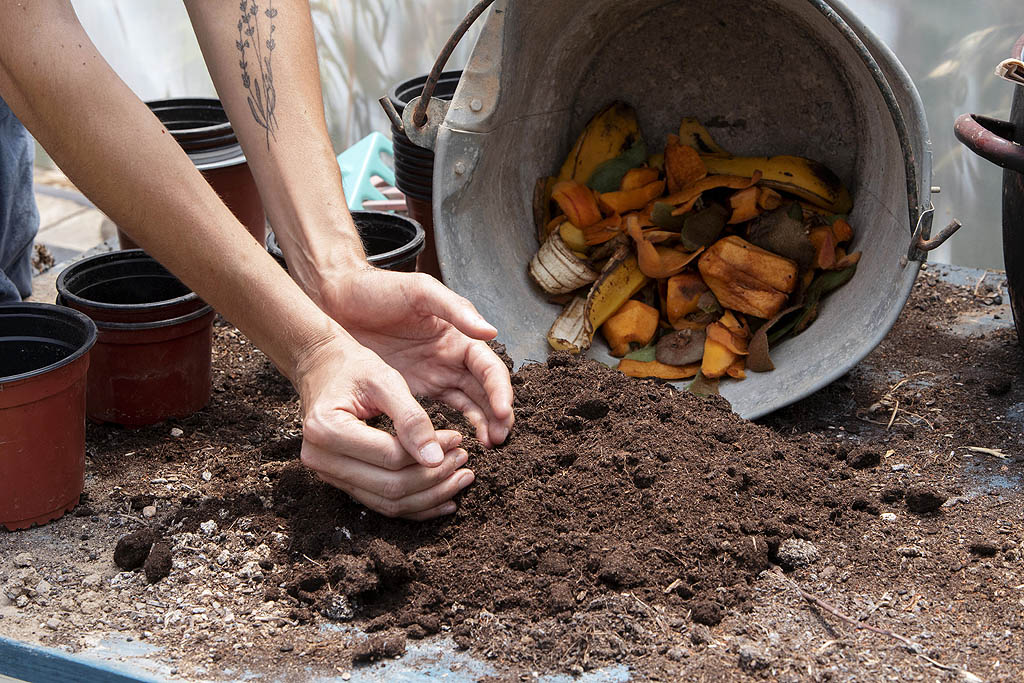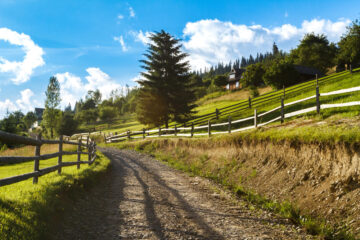Do you want to start composting but need help determining where to begin? This blog article will teach you all you need to know about composting at home from kitchen and yard trash. We’ll go through the fundamentals of composting, why it’s essential, and how to get started.
We’ll also provide suggestions for making the process go more smoothly and efficiently. So, whether you’re a novice or a seasoned composter, keep reading for all the details you need to make lovely compost right in your garden!
What is compost and what may be composted
Compost is a nutrient-dense soil supplement formed of decomposed organic materials. It may be used to enhance the structure and drainage of sandy soils and assist clay soils to retain moisture and give important nutrients to plants. Organic resources like leaves, grass clippings, food scraps, coffee grounds, and manure may be used to make compost.
Composting is classified into two types: cold composting and hot composting. Cold composting is the easiest of the two procedures and requires no additional equipment. Hot composting needs more labor but yields finished compost in less time.
You’ll need some organic ingredients to get started. These may be gathered from your yards, such as leaves and grass clippings, or from your kitchens, such as fruit and vegetable leftovers. You will also want a container to hold your compost. This might range from a basic bucket to a more complex bin. You’re ready to start composting once you have your supplies and container!
The advantages of composting your trash
There are several advantages to utilizing compost created from your own kitchen and yard waste. For starters, it’s an excellent technique to limit the amount of organic waste that winds up in landfills. Composting also improves soil health by supplying nutrients and boosting drainage.

Composting at home may also help you save money on fertilizer and soil nutrients. And lastly, composting is a terrific method to lower your carbon footprint and assist the earth!
So, now that you’ve learned about the advantages of composting, let’s talk about how to do it!
Installing a Compost Bin in Your Backyard
There are a few different methods to put up a compost bin in your garden. The most crucial step is to find a spot near your kitchen so that you can easily add food waste. You should also ensure that the site receives some sunlight and has enough drainage.
After you’ve decided on a place, you may begin constructing your bin. There are a few different designs to choose from, but the most essential thing is that the bin includes drainage holes on the bottom. You may also use a lid to keep animals out and keep the heat in.
As soon as your bin is set up, you can start composting at home. Simply add your organic ingredients and let nature take care of the rest. Over time, the materials will break down and transform into rich, nutrient-rich compost.
Ideas for combining green and brown items into your compost pile
One of the secrets to effective composting is providing the correct mix of green and brown materials. Green materials, which are strong in nitrogen, include food leftovers, grass clippings, and manure. Brown materials, such as leaves, straw, and wood chips, are rich in carbon. The appropriate green-to-brown material ratio is about 30:30.

Simply layer green elements on top of brown ones in your compost pile. You may contribute food scraps as you create them or wait and add them all at once. Simply slice or shred them into little pieces to help them degrade faster.
Adding manure to your compost pile is an excellent approach to increasing nitrogen levels, but it is critical to utilize dung from herbivores (such as cows and rabbits) rather than carnivores (like dogs and cats). This is because of the possibility of dangerous germs in carnivore feces contaminating your compost.
By stacking them with brown debris, green items may also be added to your compost heap. Simply put green items on top of a layer of brown materials. Rep to this procedure till your container is empty.
Uses for finished compost in the garden or landscape
Once your compost is done, you may utilize it in various ways. One of the most common uses for compost is to incorporate it into the soil of your garden or landscaping. This improves soil fertility and drainage while also reducing water consumption.
Compost may be used as mulch around trees and bushes as well. This aids in the retention of moisture and the suppression of weeds. Finally, compost may be utilized as a grass top treatment. This improves the health of the grass and gives your lawn a good, polished appearance.
Additional composting resources
If you want to learn more about composting, many excellent resources are available. The EPA provides a fantastic website that covers every part of composting, from setting up your container to utilizing completed compost. The University of California’s Master Composter program is another good resource, providing lectures and workshops on composting around the state.
Finally, your local extension office is an excellent location to begin composting. They can provide information about local programs and services and answer any questions.
Conclusion
Composting is an excellent strategy to lessen your environmental effects while also assisting your garden or landscape development. You can make a significant effect with little effort. So get started right now and see for yourself!




